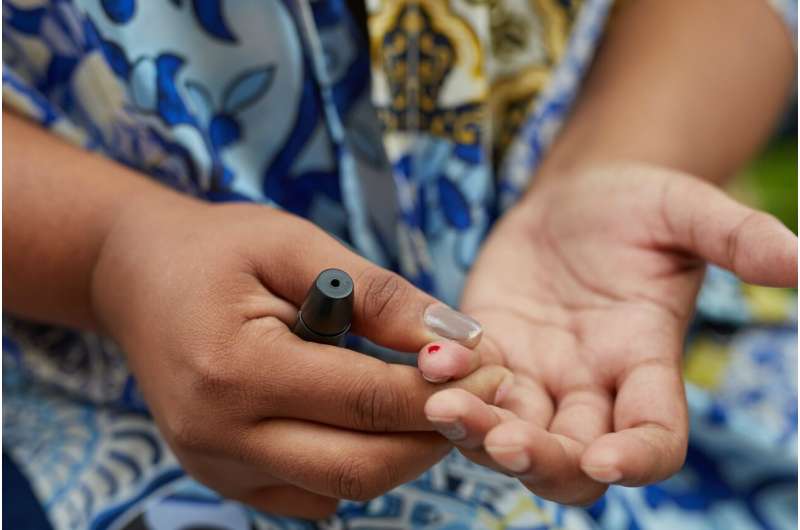Enhanced Brain Imaging Benchmark Improves Classification of Alzheimer's Disease Changes

Researchers from USC have developed a new brain imaging benchmark using tau PET scans that improves classification of Alzheimer's disease-related changes, highlighting the importance of diverse populations in research.
A team of researchers from the Keck School of Medicine of USC's Mark and Mary Stevens Neuroimaging and Informatics Institute (Stevens INI) has introduced a new brain imaging benchmark that shows promise for more accurately classifying biologically significant changes associated with Alzheimer's disease (AD). This development is particularly relevant for improving diagnosis in diverse populations, including Hispanic and non-Hispanic white groups.
The study, published in Imaging Neuroscience, is part of the larger Health and Aging Brain Study–Health Disparities (HABS-HD), a collaborative effort supported by the National Institute on Aging and led by the University of North Texas Health Science Center. The research focused on advanced tau PET imaging, a technique that visualizes tau protein accumulation in the brain—a hallmark of AD—using a radioactive tracer called 18F-PI-2620.
Analyzing over 675 older adults involved in HABS-HD, the researchers aimed to identify an optimal tau signal threshold, known as a tau cut-point, which could distinguish individuals with biologically relevant AD markers from those experiencing normal aging. Tau protein buildup, especially in memory-related regions like the medial temporal lobe, correlates strongly with cognitive decline.
The study utilized tau PET scans to compare cognitively impaired individuals with those who were unimpaired. Findings indicated that when tau levels in specific brain regions exceeded a certain cutoff, it reliably predicted cognitive impairment. However, this correlation was most accurate in Hispanic and non-Hispanic white populations, while it performed less well in non-Hispanic Black individuals, suggesting that different pathological factors might influence cognitive decline in diverse groups.
Senior author Meredith N. Braskie highlighted that while elevated tau in the medial temporal lobe is a key indicator, the variability in predictive accuracy across populations underscores the need for more inclusive research. The use of the tracer 18F-PI-2620 has been crucial in establishing a tau positivity threshold that could aid both research and clinical diagnostic processes.
Additionally, the study underscores the importance of diversifying research populations to enhance diagnostic tools’ reliability across different ethnicities. With this new benchmark, clinicians could better identify early signs of AD, enabling earlier intervention and personalized treatment strategies.
Overall, these findings contribute to a growing effort to develop more precise, population-specific biomarkers that facilitate early detection of Alzheimer’s disease, ultimately aiming to improve outcomes for individuals worldwide.
Source: https://medicalxpress.com/news/2025-06-brain-imaging-benchmark-alzheimer-disease.html
Stay Updated with Mia's Feed
Get the latest health & wellness insights delivered straight to your inbox.
Related Articles
Half of Youth-Focused Clinicians Routinely Screen for Substance Use Disorders During Well Visits
Most youth-serving clinicians regularly screen adolescents for substance use disorders during well visits, but rates vary widely. Enhancing screening practices can improve early detection and treatment for adolescents at risk.
Type 2 Diabetes Accelerates Progression of Multiple Chronic Diseases, New Research Finds
New research indicates that type 2 diabetes significantly speeds up the development of multiple chronic diseases, especially in middle-aged adults, highlighting the importance of early intervention.
New Cellular Mechanism Discovered That Could Lead to Innovative Parkinson's Disease Treatments
A new cellular mechanism has been discovered that could lead to innovative therapies for Parkinson's disease by enhancing mitophagy, the cell's mitochondrial cleanup process.



